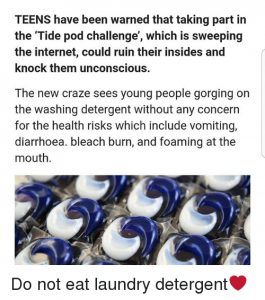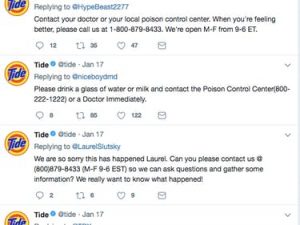For someone who has always believed that social media was a boon to society and the modern world, going against a resolution for it seemed difficult to actually convict to the topic. While researching for the introductory statement I was gonna give, I started to realize the way social media actually restricted sociopolitical change in so many ways from the government putting a tax on social media in Uganda to arresting and banning influential users from social media in Singapore. Like this, I came to know of so much information that made me realize that even though social media is “free” it isn’t. In return for using their platform, we give our information, our clicks, our likes, etc which they use for their gain by selling it to other firms or help in pushing personal agenda or even sway users towards or away from a political agenda. My perspective entirely changed as I was looking at the “image” of social media from a consumers’ gain POV, but looking at the whole picture made me realize how it actually is a bane in its own ways. As I was doing the introduction, I knew I had to set the basis and foundation of which we would argue against Castells’ resolution and this forced me to broaden my mind and look at social media from an entirely different perspective which in turn changed my personal viewpoint on social media.
Watching and listening to the other group’s debate gave me another viewpoint as I was merely looking at it from a political aspect whereas they introduced the social detail of it. Key incidents of successful revolutions like the Tiananmen square revolt which occurred without the help of social media as compared to failed revolutions like the uprising of Egypt in 2011 which had the help of social media drives home the point that social media is more of a bane in sociopolitical situations due to the mere fact that the government can so easily warp or shut it down, thus making it an undependable tool if the goal is sociopoltical change.






